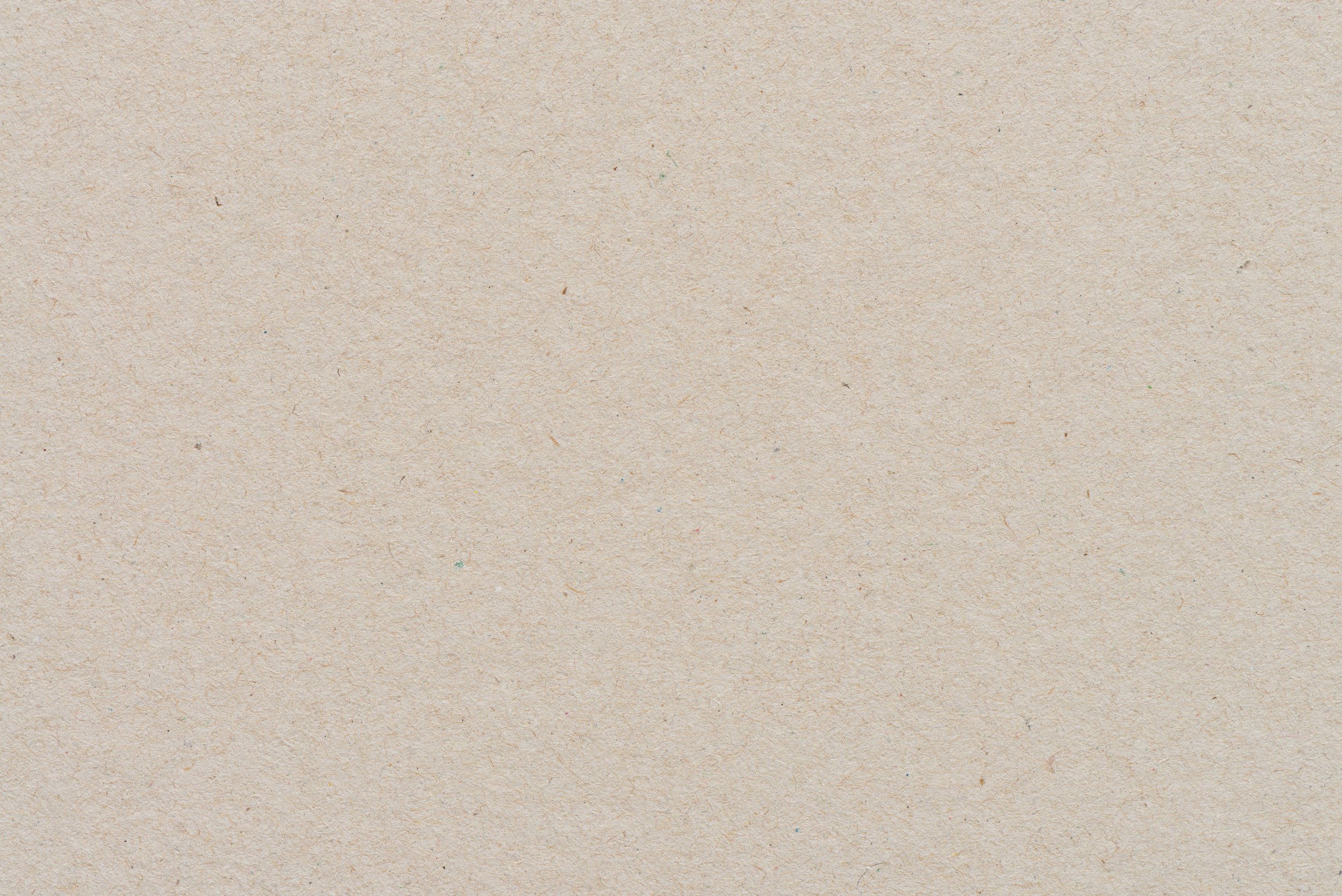
Exploring parts of an apple with our 5 senses
LESSON 2
Children explore parts of an apple using their 5 senses, then practice naming parts of an apple and assembling an apple diagram.
A small variety of different kinds of apples
Cutting board and knife (for adult to use), or child safe knife
Felt
Tweezers (optional)
Red, white, and black beans
Cardboard
Materials
Gather materials for the lesson
Cut out felt apple diagram
Preparations
Facilitate the open-ended sorting activity by providing a variety of apples and encouraging children's active participation in sorting based on different attributes.
Guide the exploration of apples using all five senses.
Introduce and guide the assembly of a felt diagram of an apple, using the opportunity to reinforce vocabulary related to apple parts (skin, flesh, core, stem, seeds).
Provide assistance and guidance as children create a bean seed apple diagram, promoting hands-on learning and reinforcing concepts from the apple dissection activity.
Objectives for Teachers
Children actively engage in an open-ended sorting activity with a variety of apples.
Children explore apples using all five senses, including touch, taste, smell, and sound.
Children participate in discussions about their observations, sharing insights about the texture, taste, aroma, and sound of different apple parts.
Children assemble a felt diagram of an apple, reinforcing understanding of its components (skin, flesh, core, stem, seeds).
Children practice fine motor skills while creating bean seed apple diagram.
Objectives for Children

Collect and Connect
Way Up High in the Apple Tree
Way up high in the apple tree (Stand tall, hold up both hands, and spread fingers to represent a tree)
Two little apples smiled down at me (Turn your hands into two fists, and shake them)
I shook that tree just as hard as I could (Pretend to hold the trunk of a tree and shake it)
Down came the apples (Fall to the ground)
And mmm they were good! (rub your tummy)
Another way to practice this poem is by saying five apples instead of two, and showing five fingers. Instead of saying “Down came THE apples,” you would say "down came AN apple," and then repeat the poem, counting down from four, until you reach one.

Activity Flow
Open-ended Sorting Activity: Begin by gathering a variety of apples. Prompt your child to engage in sorting the apples based on different attributes. Allow your child to lead the sorting process, fostering their creativity. Attributes for sorting may include color, presence of stem or leaf, size, and taste.
Engaging Five Senses: Select an apple and cut it vertically from top to bottom. Offer the sliced apple to your child for exploration. Encourage your child to pull out seeds, feel the juicy flesh, and examine the core. Let them take bites and explore the taste, smell, and biting sounds.
Some questions you might ask about their observations:
What does the outside of the apple feel like?
What does the inside of the apple feel like?
What does it taste like, smell like, sound like?
Do you eat each part of the apple?
3. Felt Diagram Assembly: After their exploration, introduce the felt diagram of an apple. Together with your child, put together the felt diagram, referring back to the real apple, sharing the names of each part. (Skin, flesh, core, stem, seeds)
4. Apple Diagram Craft: To practice new knowledge gained through apple dissection activity, work together to create a bean seed apple diagram. Cut a piece of cardboard into the shape of an apple and arrange bean seeds to depict the skin, flesh, core/seeds, and stem of the apple.




